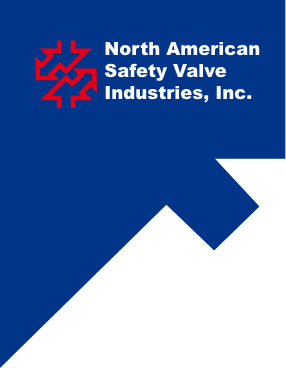Understanding the Critical Role of Relief Valves in Industrial Safety and Efficiency
Relief valves play a pivotal role in maintaining both safety and efficiency in industrial operations. As pressure accumulates within equipment and systems, the potential for hazardous scenarios increases, underscoring the critical need for effective pressure management. Relief valves act as essential safety devices, designed to automatically release excess pressure and prevent catastrophic failures that could lead to equipment damage, environmental hazards, or even injury to personnel.

This article delves into the various types of relief valves, their operational principles, and the significant impact they have on industrial safety protocols. By understanding the functionalities and applications of relief valves, industries can enhance their safety measures, optimize performance, and ensure compliance with regulatory standards. Ultimately, a comprehensive grasp of relief valves is indispensable for anyone involved in industrial operations, as it directly correlates to the longevity and reliability of crucial systems.
The Importance of Relief Valve Selection for Enhanced Process Safety
Relief valves are essential components in industrial processes, playing a pivotal role in maintaining safety and efficiency. The selection of the right relief valve is crucial for enhanced process safety, as it directly affects how a facility can respond to pressure fluctuations. A well-chosen relief valve not only protects equipment from overpressure situations but also ensures that operations continue smoothly, thus avoiding costly downtimes or catastrophic failures.
Tips for Selecting Relief Valves:
- Understand Your System Requirements: Before choosing a relief valve, it’s vital to consider the specific conditions and parameters of your system, such as pressure, temperature, and the nature of the fluid. Tailoring your choice to these factors can make all the difference.
- Consult Industry Standards: Familiarize yourself with industry standards and regulations related to relief valves. Compliance not only guarantees safety but also optimizes efficiency by ensuring the correct operational parameters are met.
- Test and Maintain Regularly: Once installed, relief valves should be regularly tested and maintained to confirm they function correctly. Scheduled maintenance helps in identifying potential issues before they escalate, safeguarding your processes and enhancing overall operational reliability.
Evaluating Industry Standards: How Relief Valves Mitigate Pressure Risks
Relief valves play a pivotal role in maintaining safety and efficiency across various industries where pressure systems are involved. By evaluating industry standards, we can understand how these devices effectively mitigate pressure risks. With proper calibration and installation according to recognized guidelines, relief valves can prevent catastrophic failures that might arise from overpressure scenarios, safeguarding both personnel and equipment.
Tips: Always ensure that relief valves are installed in compliance with applicable industry standards. Regular maintenance and testing of these valves are crucial to ensure their optimal performance. Keeping a log of calibration checks can help operators track the reliability of their pressure management systems.
Additionally, understanding the specific requirements for different applications will enhance the effectiveness of relief valves. Industries must consider factors such as the type of fluid, temperature, and pressure variations when selecting a relief valve. Implementing training programs for personnel on the significance and functioning of these valves can further strengthen workplace safety measures.

Analyzing the Impact of Relief Valve Maintenance on Operational Efficiency
Relief valves play a pivotal role in maintaining safety within industrial operations, and their maintenance is critical for optimizing operational efficiency. According to a report by the American Society of Mechanical Engineers (ASME), timely maintenance of relief valves can enhance system reliability by up to 30%, significantly reducing the chances of equipment failure. Consistent inspection and servicing help ensure these valves perform effectively under varying pressure and temperature conditions, directly impacting the overall productivity of the industrial process.
Furthermore, a study conducted by the National Board of Boiler and Pressure Vessel Inspectors indicated that up to 60% of pressure-relief system failures are attributed to inadequate maintenance practices. By implementing a proactive maintenance schedule, industries can not only extend the life of their relief valves but also prevent costly shutdowns and safety incidents. Regular maintenance checks, coupled with real-time monitoring technologies, enable operators to address potential issues before they escalate into catastrophic failures, thereby safeguarding both human resources and expensive equipment.
Key Performance Metrics: Measuring Relief Valve Effectiveness in Industrial Applications
Relief valves play a pivotal role in ensuring safety and efficiency within industrial applications by preventing overpressure conditions that could lead to catastrophic failures. Key performance metrics for these valves include response time, stability, and reliability. The ISA-75 Series of Standards outlines essential guidelines for designing and testing control valves, emphasizing their importance in maintaining operational safety and reliability across various processes. By analyzing performance metrics such as flow capacity and pressure drop, industries can ensure that relief valves effectively mitigate risks while optimizing production efficiency.
As industrial systems evolve towards more advanced technologies, integrating modern tools such as artificial neural networks and predictive maintenance models can enhance the effectiveness of relief valves and overall system reliability. For instance, utilizing sensor data to monitor valve performance provides real-time insights, allowing for timely interventions and improved maintenance strategies. Furthermore, the development of pneumatic control systems with reduced overshoot and enhanced response times exemplifies how advancements in valve technology contribute to improved operational efficiency and safety in complex industrial environments.

Case Studies: Real-world Examples of Relief Valve Failures and Lessons Learned
Relief valves play a vital role in maintaining safety and efficiency in industrial settings. While their primary function is to prevent overpressure scenarios in pressure vessels and piping systems, real-world cases highlight the critical consequences of relief valve failures. For instance, a notorious incident at a chemical processing facility saw an improperly maintained relief valve fail to operate during a critical situation, leading to a catastrophic explosion. This incident not only resulted in significant financial loss but also highlighted the need for stringent maintenance protocols.
Tips for effective relief valve maintenance include regularly scheduled inspections and testing to ensure that valves are functioning correctly. Operators should also be trained to recognize warning signs that indicate a potential failure, such as unusual noises or leaks. Furthermore, it's essential to maintain accurate records of maintenance and changes to systems involving relief valves, as this documentation can be invaluable for assessing risks and compliance in the future.
Another example is the automotive industry, where the failure of a relief valve in a fuel system led to a recall of thousands of vehicles. This incident underscored the importance of robust design principles and adherence to regulatory standards. Industries can learn from such failures by implementing rigorous review processes during the design and installation phases of relief valves, ensuring they meet the necessary safety requirements before proceeding.
Understanding the Critical Role of Relief Valves in Industrial Safety and Efficiency
| Case Study | Industry | Failure Type | Consequences | Lessons Learned |
|---|---|---|---|---|
| Case #1 | Petrochemical | Valve Seat Leakage | Material Loss, Environmental Impact | Regular Maintenance and Monitoring |
| Case #2 | Power Generation | Overpressure Failure | Safety Shutdown, Equipment Damage | Importance of Proper Sizing |
| Case #3 | Chemical Processing | Corrosion Failure | Leakage, Worker Exposure Hazard | Utilize Corrosion-Resistant Materials |
| Case #4 | Manufacturing | Blockage | Production Downtime, Financial Loss | Routine Inspection and Clearing |
| Case #5 | Food Processing | Temperature Control Failure | Production Contamination | Implement Redundant Systems |
Related Posts
-
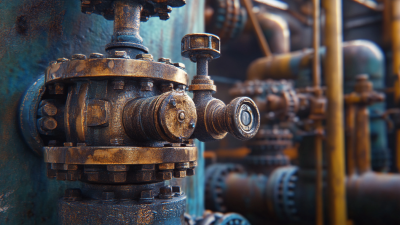
Unwavering Quality of China's Trusted Best Relief Valves: A Global Manufacturing Legacy
-
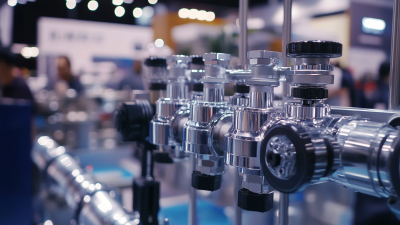
Unlocking Opportunities with Safety Relief Valves at the Guangzhou Trade Fair 2025
-
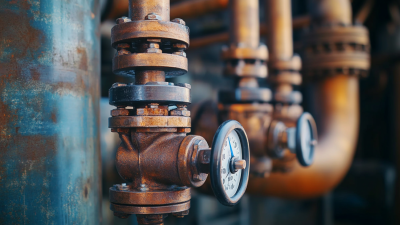
Ultimate Guide to Choosing the Best Safety Relief Valve for Optimal Industrial Performance
-
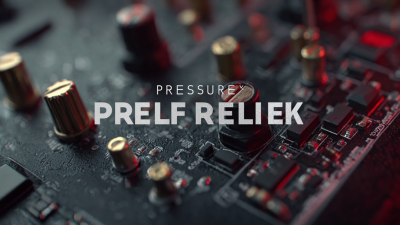
Unlocking Comfort: The Benefits of the Best Pressure Relief Solutions for Global Procurement
-

Discover Premium Pressure Vacuum Relief Valves from China’s Leading Manufacturer
-
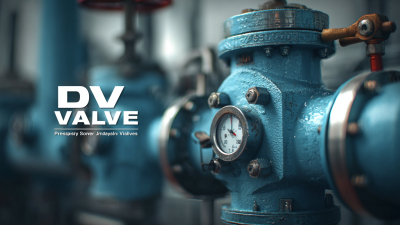
Exploring Innovative Alternatives to Best Pressure Safety Valves in Industrial Applications
